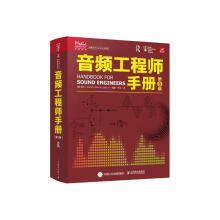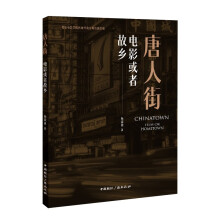Chapter 1 Introduction
1.1 The Ballad of Mulan
1.2 Five Filmic Adaptations
1.3 Research Methodology
Chapter 2 The Singing of Patriotism: Mulan Joins the Army (1939)
2.1 The War Background and the Theme
2.2 Mulan, a Warrior
2.3 Wartime Nationalism
Chapter 3 Collective Memories of the Ideological Conflicts: Hua Mulan (1956)
3.1 Korean War in Chinese Idea, a Fight for Ideology and National Interest
3.2 Mulan, a Confident Female Warior Rising from the Underclass
3.3 Media Construction, Collective Memory and National Identity
Chapter 4 Praises of Household Happiness: Lady General Hua Mulan (1964)
4.1 A Fairyland in the Turmoil of 1960s
4.2 Mulan, a Filial Girl
4.3 Identity Crisis: the Fundamental Reason
Chapter 5 An Expression of Individualism and Feminism: Mulan (1998)
5.1 The Development of Individualism and Feminism in America
5.2 Mulan, the Lonely Heroine
5.3 China Exposes to Cultural Imperialism
Chapter 6 The Loss and Survival of Tradition under the Influence of Modernization: Mulan: Rise of a Warrior (2009)
6.1 Vast Changes in over 60 Years and the Theme
6.2 Mulan, a Hybridity of Past and Present
6.3 Chinese National Identity Formation: the Loss and Survival of Tradition in Modernization
Chapter 7 The Style and Narration of Key Scenes
7.1 Mulan Joins the Army (1939)
7.2 Hua Mulan (1956)
7.3 Lady General Hua Mulan (1964)
7.4 Mulan (1998)
7.5 Mulan: Rise of a Warrior (2009)
Chapter 8 Conclusion
8.1 Research Findings
8.2 Limitation of the Study and Recommendation for Future Research
Bibliography
Appendix
展开










